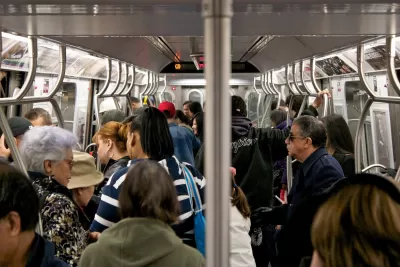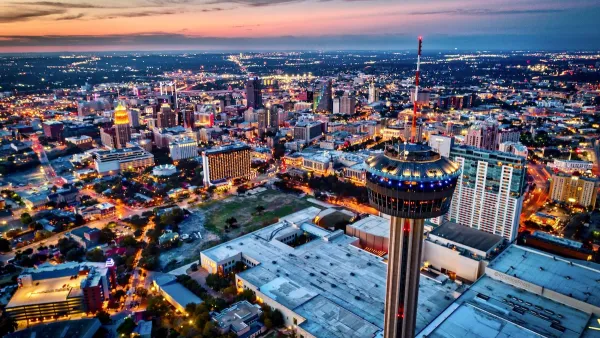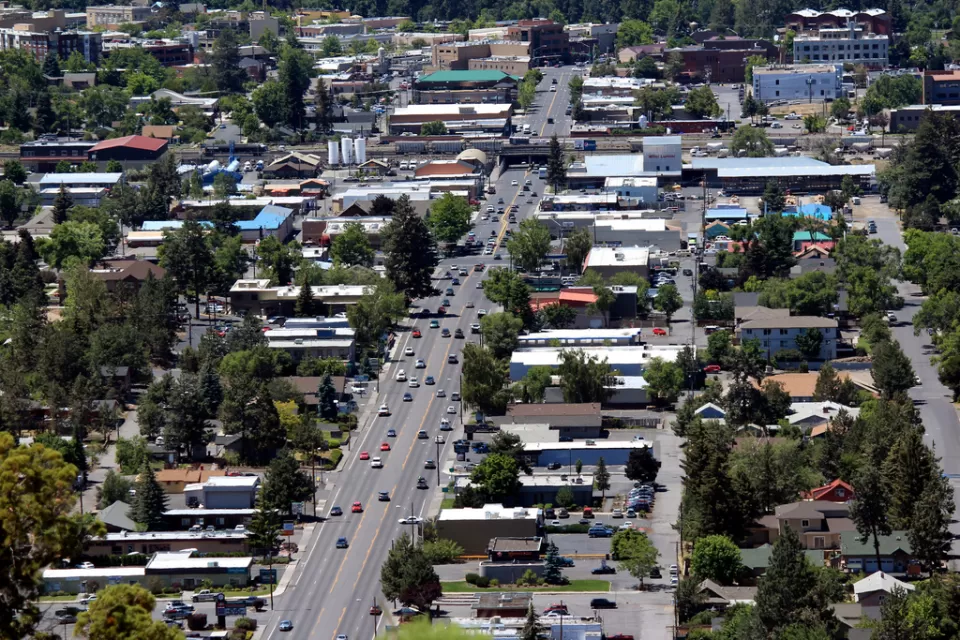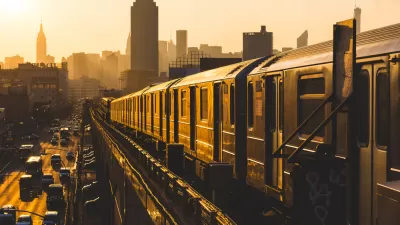The agency plans to negotiate new options for operational funding as farebox and toll revenue lingers far below pre-pandemic levels.

With ridership plateauing at roughly 60 percent of pre-pandemic levels, New York City’s Metropolitan Transportation Authority (MTA) will meet with lawmakers and labor leaders to discuss potential new sources of funding for the agency, which, in the past, depended on ridership revenue for half of its operating costs. If current levels of farebox and toll revenue hold steady, MTA faces a $2.6 billion budget shortfall in 2025, reports Michelle Kaske in Bloomberg CityLab.
According to a quote from Rachael Fauss of Reinvent Albany, “The best case is that they get new, ongoing, dedicated state aid. Not sort of a one-shot thing because the problem of reduced ridership isn’t going away anytime soon.”
Potential options for new funding sources include new sales taxes, a common funding method in other cities such as Los Angeles, where sales taxes make up 80 percent of operational funding. Revenue will also come from the MTA’s planned congestion pricing system, which will launch in late 2023 or 2024.
As Kaske notes, “If the agency doesn’t find new funding it would be forced to reduce service and boost fares higher than already planned. That means commuters would have to pay more to ride and wait longer for trains that break down more often.” MTA board member Andrew Albert rejects the idea, saying “I don’t think cutting service gets us anywhere.” Albert continues, “It then means fewer riders will opt for the system, which means you begin that downward spiral of death -- fewer riders means the deficit grows even more.”
FULL STORY: New York’s MTA Shops for New Funding as Fare Revenue Dwindles

Planetizen Federal Action Tracker
A weekly monitor of how Trump’s orders and actions are impacting planners and planning in America.

Chicago’s Ghost Rails
Just beneath the surface of the modern city lie the remnants of its expansive early 20th-century streetcar system.

San Antonio and Austin are Fusing Into one Massive Megaregion
The region spanning the two central Texas cities is growing fast, posing challenges for local infrastructure and water supplies.

New Atlanta Law Requires ‘Cool Roofs’
Painting roofs with reflective coatings can significantly reduce indoor temperatures and improve energy efficiency, sometimes at a lower cost than traditional roof treatments.

MTA Poised to Break Ridership, On-Time Service Records
New York City’s transit system saw strong increases in ridership and improvements in service quality in the first half of 2025.

Bend, Oregon Zoning Reforms Prioritize Small-Scale Housing
The city altered its zoning code to allow multi-family housing and eliminated parking mandates citywide.
Urban Design for Planners 1: Software Tools
This six-course series explores essential urban design concepts using open source software and equips planners with the tools they need to participate fully in the urban design process.
Planning for Universal Design
Learn the tools for implementing Universal Design in planning regulations.
planning NEXT
Appalachian Highlands Housing Partners
Mpact (founded as Rail~Volution)
City of Camden Redevelopment Agency
City of Astoria
City of Portland
City of Laramie





























